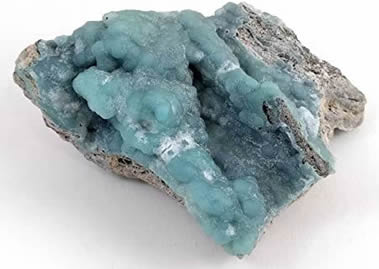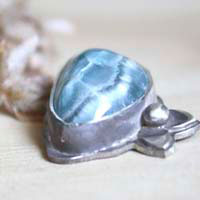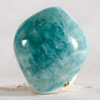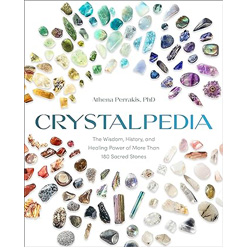- Jewelry
- Inspiration
- Good Deals
- Paintings
- About
- Contact
JEWELRY
- Anklet
- Bracelets
- Brooches
- Cufflinks
- Earrings
- Pendants & Necklaces
- Rings
- Draw your jewelry
- GOOD DEALS
- How to clean your jewel
- Metal we used
INSPIRATION
- Our imagination
- Birthstones
- Druids and druidesses
- Flower meanings
- History, archeology jewelry
- Japanese symbols
- Lithotherapy and stone choice
- Illumination jewelry
- Maya calendar jewelry
- Stone color symbolism
- Stones Catalogue
- Searches a theme on the site
ABOUT
Smithsonite: history, healing properties and lithotherapy

Smithsonite properties

The smithsonite, a multifaceted gemstone, was named in 1832 by François Sulpice Beudant. It was during this time that it could finally be distinguished from the numerous other zinc-containing minerals. Its name, smithsonite, was given in honor of James Smithsonite, a prominent American and founder of the smithsonite institute in Washington D.C. It is worth noting that Smithson had also demonstrated the difference between smithsonite and hemimorphite, another precious stone.
Smithsonite, also known as bonamite, calamine, and zinc carbonate, is a precious mineral that plays a crucial role in zinc mining. Indeed, it is one of the most important minerals for this industry.
Smithsonite is often found in the form of microcrystalline masses, although well-formed crystals can also be observed. It is typically found in the oxidation zones of zinc mines, where it forms through the reaction of solutions rich in zinc sulfate.
Smithsonite is often difficult to identify when it does not exhibit its characteristic blue turquoise or translucent green color. In the presence of cobalt, it can take on a pink hue, while in the presence of cadmium, it can display a yellow color.
History, legends and beliefs about the smithsonite
Smithsonite has been known since antiquity in Europe under the name calamine, which encompasses several stones composed of zinc minerals.
Mines: England, Belgium, Canada, France, Namibia, Spain, Mexico, Madagascar, Greece, the USA and Italy.
Healing properties and benefits of smithsonite
- Smithsonite is renowned for its ability to strengthen the immune system, providing increased protection against diseases.
- Thanks to its beneficial properties, it could also contribute to improving the elasticity of blood vessels and stimulating blood circulation, thus promoting better cardiovascular health.
- Smithsonite could be beneficial in the treatment of osteoporosis, digestive disorders, alcoholism, acne eruptions, and sinusitis, offering a holistic approach to general well-being.
- By balancing the reproductive organs and the endocrine system, it plays a crucial role in maintaining hormonal balance and reproductive health.
- Smithsonite is also reputed to help regulate weight, offering natural support to weight management efforts.
- By protecting bones and arteries, it helps maintain the structural strength of the body and prevents age-related problems.
- It promotes optimal functioning of internal organs such as the intestine, pancreas, and liver, contributing to healthy digestion and balanced metabolism.
⚠ Please note that all healing properties presented for gemstones are gathered from various sources. This information is provided as a service and is not intended to treat medical conditions. It is recommended to consult a healthcare professional for serious medical issues and not to rely solely on gemstones as a treatment.





